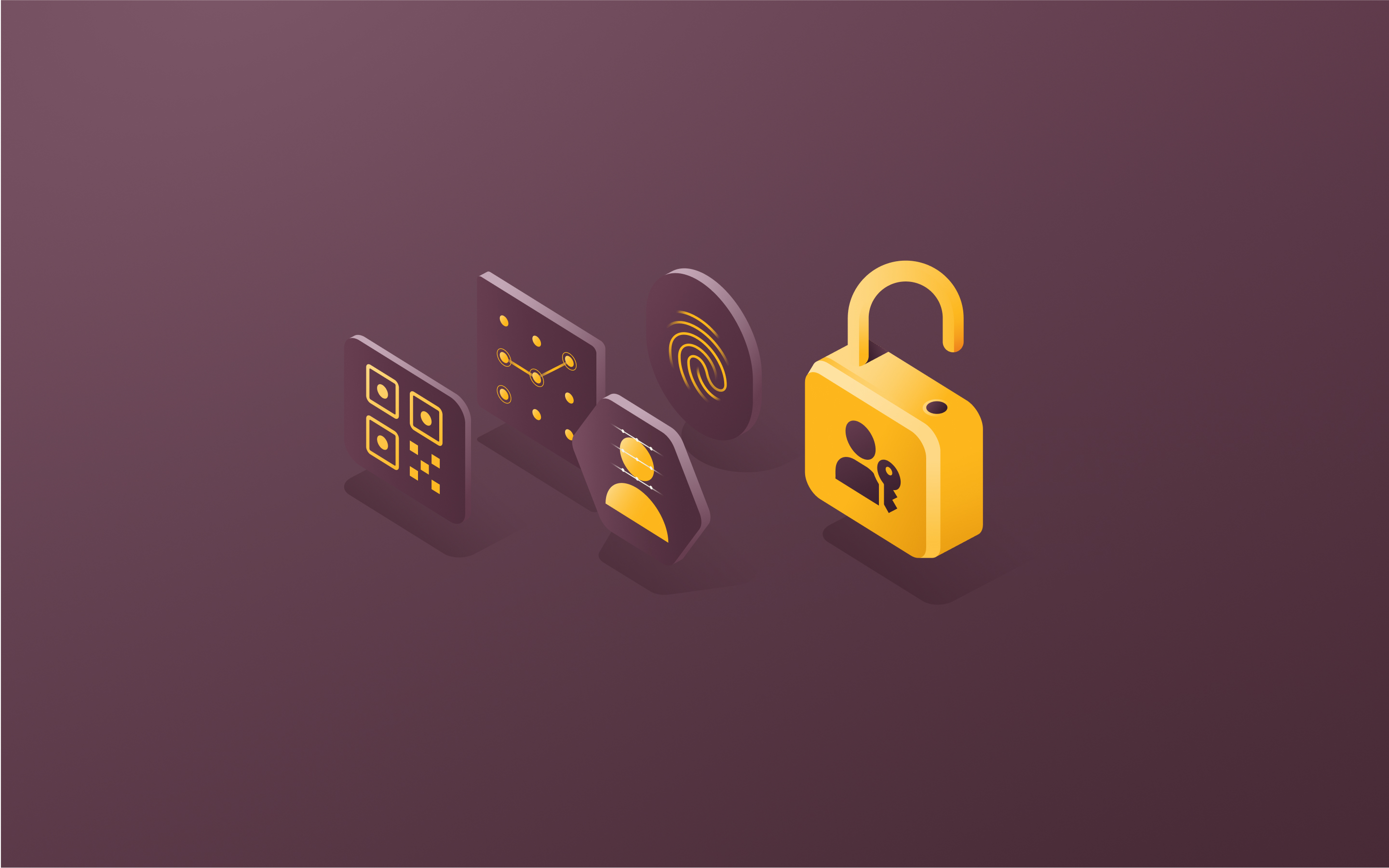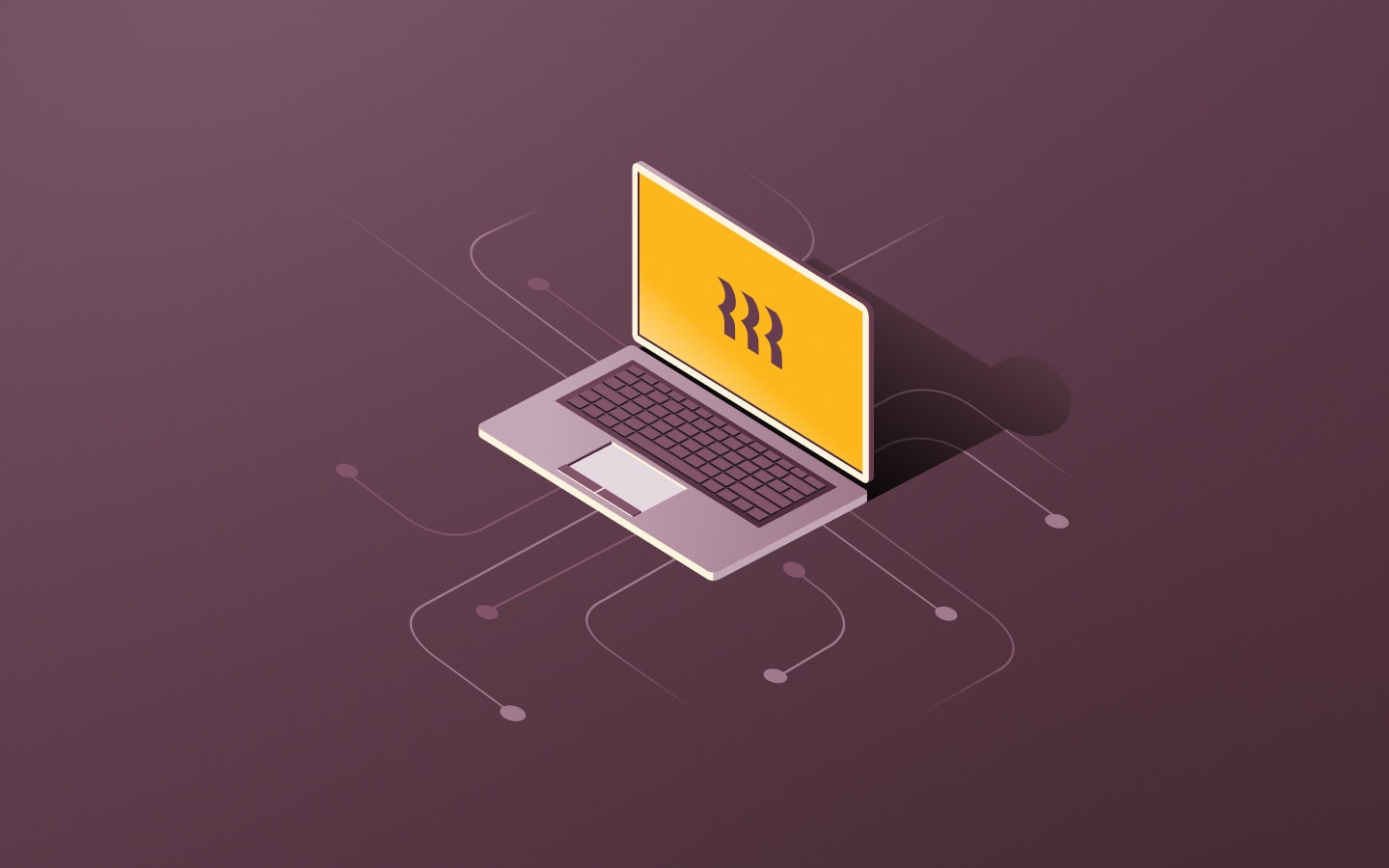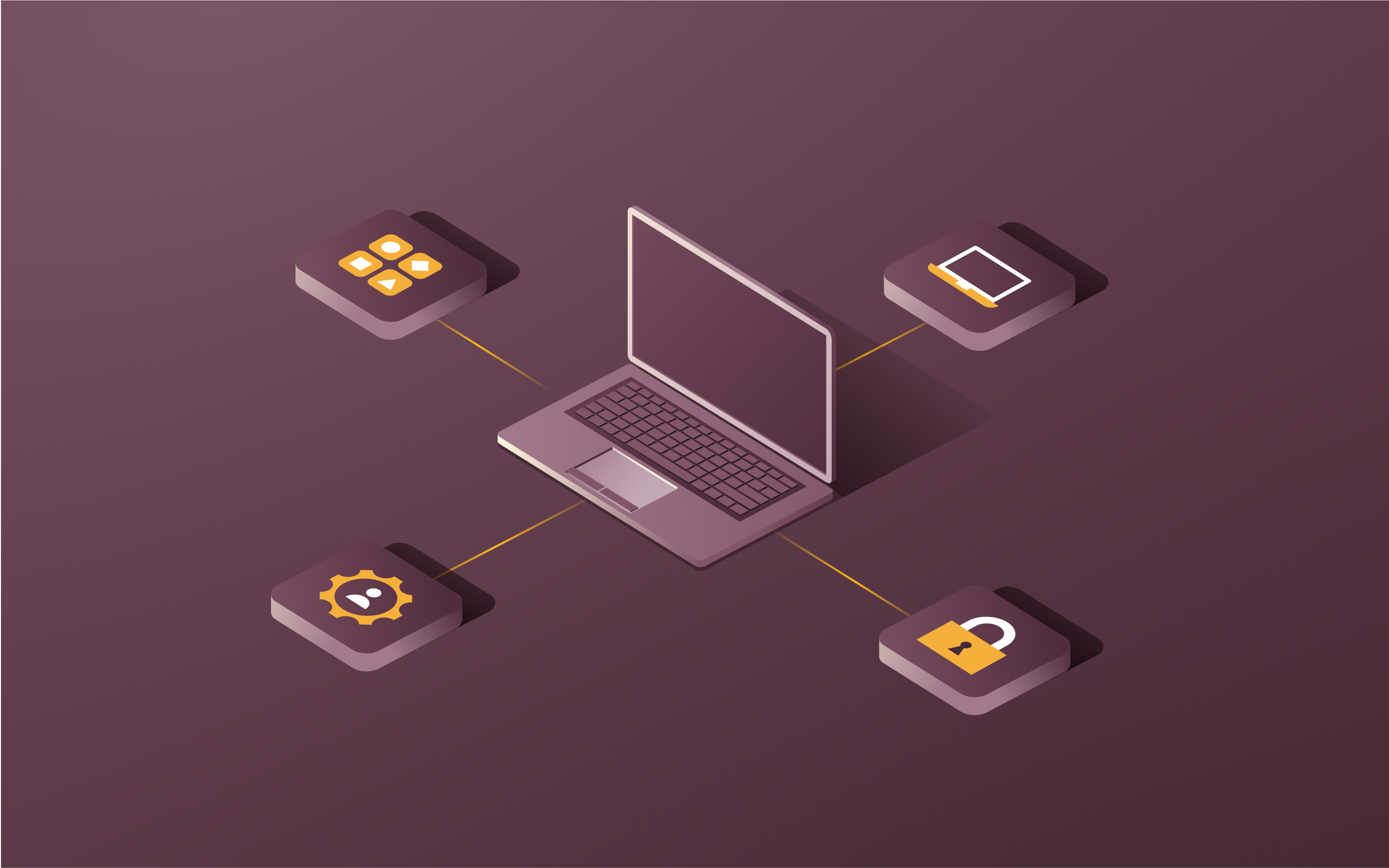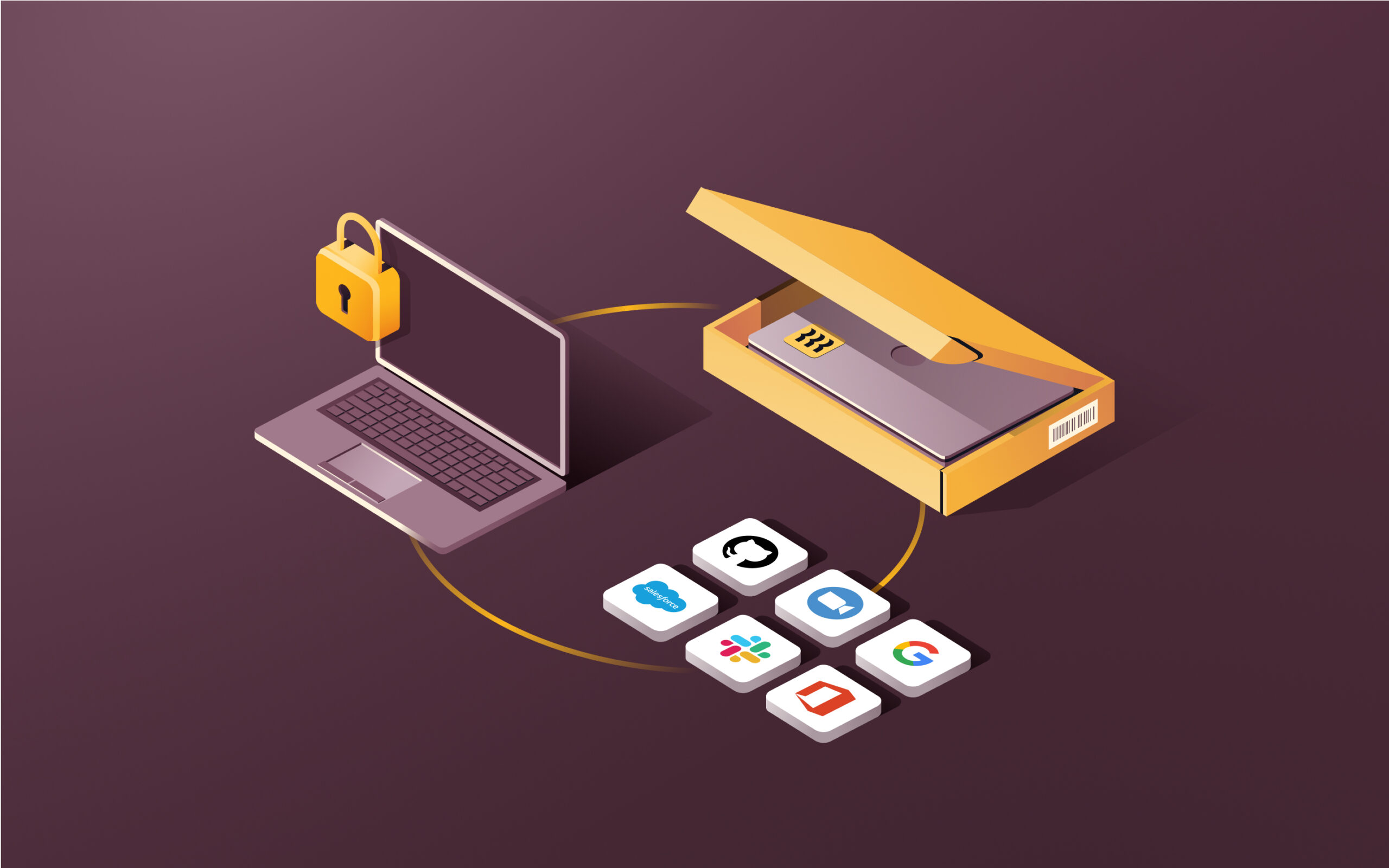Back to basics: Why the CIS Critical Security Controls are your best defense in 2025

When threats come from every direction, it's easy to freeze instead of taking action. But here's my philosophy: it's better to get started today than to worry every day that you aren't protecting your business properly.
I suggest you take the basic challenges seriously and implement good old-fashioned security hygiene. There's a lot you can do with limited resources without getting distracted by the latest trends, because security essentials matter more than ever.
The reality is almost all successful cyber attacks exploit fundamental security weaknesses like unpatched software, poor configuration management, and outdated solutions. This is where the CIS Critical Security Controls (CIS Controls) provide tremendous value.
What are the CIS Controls?
The Center for Internet Security (CIS) Critical Security Controls are a prescriptive, prioritized set of cybersecurity best practices developed by a global community of security practitioners. They cut through the overwhelming array of security options and focus on the fundamental, high-value actions every organization should implement.
The CIS Controls aren't just about preventing initial compromise—they also help detect already-compromised systems and disrupt attackers' follow-up actions. Many organizations struggle to implement even the most basic security controls, let alone advanced security measures. That's why starting with these foundational elements is so critical.
CIS Controls v8.1 updates: This newest version of the Controls includes updated alignment to evolving industry standards and frameworks, revised asset classes and CIS Safeguard descriptions, and the addition of the “Governance” security function introduced in the National Institute of Standards and Technology (NIST) Cybersecurity Framework (CSF) 2.0.
5 actionable steps to implement CIS Controls
Here are five high-impact controls you can implement now:
1. Inventory and control hardware assets
You can't protect what you don't know you have. Actively manage all enterprise assets connected to your infrastructure, including end-user devices, network equipment, IoT devices, and servers.
2. Manage access and accounts
User accounts, especially administrative ones, are prime targets for attackers. I believe granular access controls are essential for modern identity management, rather than relying solely on static roles and permissions. Closely manage privileges, password policies, and account activity based on roles.
3. Continuous vulnerability management
Regularly scan for vulnerabilities and remediate findings based on risk. Prioritize patching internet-facing systems and vulnerabilities being actively exploited. Set clear remediation timeframes—critical vulnerabilities should be addressed within days, not weeks.
4. Data protection
Implement data encryption for transmitting data and for data at rest. Start with data classification to identify your crown jewels. Deploy monitoring tools to detect unusual data movement and ensure backups are encrypted and tested regularly.
5. Security awareness training
Since user error plays a huge role in data breaches, regular security training is essential. In my experience, user experience matters tremendously - poor usability often leads to shadow IT and policy non-compliance. Create training that emphasizes both security and usability.
User error remains a primary entry point for attackers. Conduct regular phishing simulations and brief role-specific training sessions focused on real-world scenarios. Make security intuitive by designing processes that guide users toward secure behaviors rather than fighting against them.
CIS vs. NIST: What’s the difference?
While both frameworks are valuable, CIS Controls offer specific, prioritized actions. They're ideal for organizations looking for clear guidance on what to implement first. The NIST Framework provides a more comprehensive approach but is less prescriptive about specific technologies.
Many organizations use both: CIS Controls for specific technical actions and NIST for broader program structure.
Secure your business with Rippling IT
Implementing the CIS Critical Security Controls doesn't have to be complicated. Rippling's unified IT platform makes it easier by seamlessly integrating identity, access, devices, and inventory management. This integration simplifies zero-trust implementation with tools like SSO, device trust, and conditional access rules.
Our platform automates repetitive tasks like provisioning and deprovisioning, reducing human error and freeing up IT teams. Unlike competitors that require assembling disparate tools, Rippling IT's pre-integrated solutions enable teams to secure their organizations quickly and scale without complexity.
Start with the basics. Get them right. Then build from there. Your cybersecurity journey doesn't need to be overwhelming when you focus on the fundamentals first.
Schedule a demo with Rippling IT today
This blog is based on information available to Rippling as of April 3, 2025.
Disclaimer: Rippling and its affiliates do not provide tax, accounting, or legal advice. This material has been prepared for informational purposes only, and is not intended to provide or be relied on for tax, accounting, or legal advice. You should consult your own tax, accounting, and legal advisors before engaging in any related activities or transactions.







